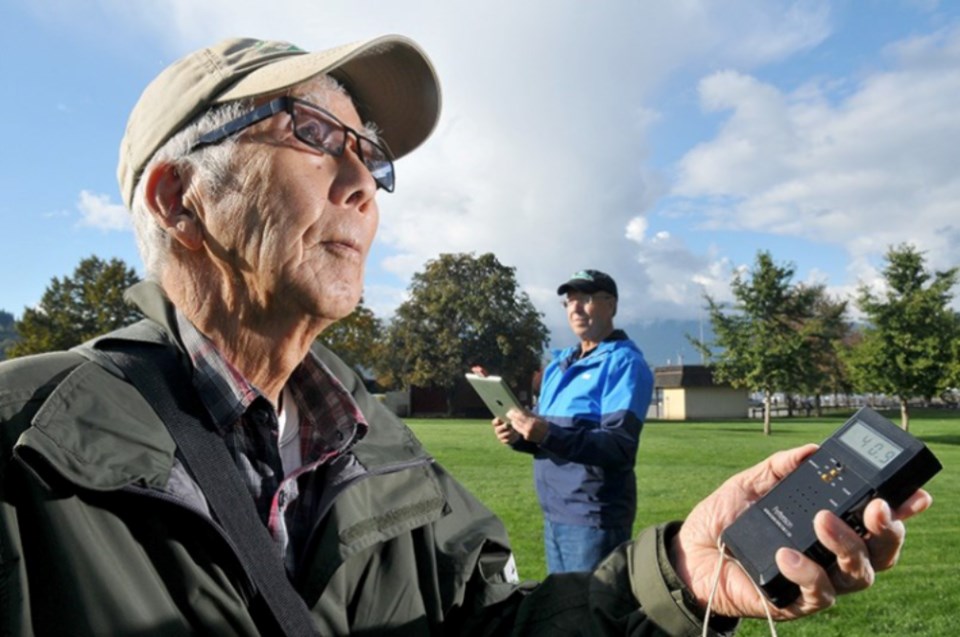Port Moody is already bear aware.
Now, the city wants to become more friendly to bats as well.
On Tuesday (Nov. 8), during its first regular public meeting since last week’s inauguration, council will decide whether to allocate $5,000 for programs like outreach and education activities, along with the identification of additional bat habitat.
This is to fulfill the requirements to become a certified “bat-friendly” community as determined by the BC Community Bat Program.
In a report, Port Moody’s environmental coordinator Karen Devitt said the money has already been requested in the 2023 capital budget plan.
She said the city is well on its way to achieving bat-friendly status as its environmental policy framework already supports activities that protect, create or enhance bat habitat.
Since 2017, the city has partnered with local naturalists to install eight bat boxes and it also supports interpretive bat walks and talks during Earth Week and the City Nature Challenge.
One of those naturalists, 90-year-old Kyoshi Takahashi, has been building bat boxes and installing them around the Tri-Cities for several years. He also works with volunteers to monitor local bat populations.
He said becoming a bat-friendly community means providing a stable living environment for the creatures as well as opportunities for people to learn more about them.
John Saremba, the bat team coordinator for Burke Mountain Naturalists, said a single bat can eat 600 to 1,000 flying insects in an hour. Some species are prolific pollinators and fruit bats help spread seeds.
But, he added, their benefits are often overshadowed by superstition and poor public relations based on years of lore and misunderstanding of their nocturnal lifestyle.
“There’s not much known about bats,” Saremba said.
Roughly seven species of bats call Port Moody home, mostly around the Inlet where they can skim low across the water and mud flats to scoop mosquitoes and other airborne bugs.
Saremba said some bats can live up to 30 years. They're also good mothers and social communicators.
“You come to love them.”
In her report, Devitt said bats face threats from habitat loss, climate change, pesticides, noise pollution, collisions with vehicles, predation from cats and white-nose syndrome, a fungal disease that’s killed millions of bats across North America over the past 20 years.
She said programs like a bat-focused enhancement plan to support habitat and invasive species management at Old Mill Pond, as well as activities like workshops to construct bat boxes, the planting of a community bat garden and the acquisition of bat detection devices to be used for public education can help mitigate some of those threats.
Dawson Creek was the first community to be certified bat friendly, in 2016, and has since been joined by Richmond, Delta and Peachland.
The program was established to identify habitat features that are important for bats and provide guidance to enhance those elements.


